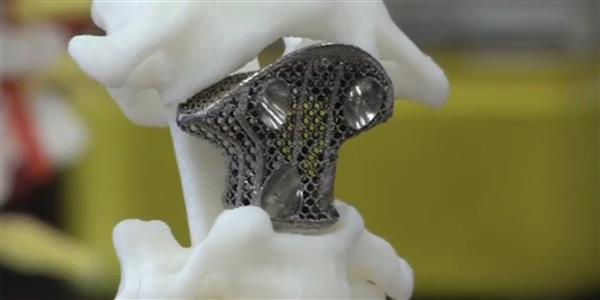3D printed medical devices are state-of-the-art medical devices that involve a process of developing three-dimensional solid objects from a digital model. Patient specific treatment is the main advantage of 3D printing technology in the healthcare industry. In the domain of healthcare, 3D printing technology is used to develop medical devices such as dental implants, orthopaedic implants, prosthetics, and hearing aids. Furthermore, hospitals and academic institutes use 3D printing technology to develop various models for training purposes. 3D printed medical devices considered in the report typically use technologies such as stereolithography (SLA), selective layer sintering (SLS), digital light processing (DLP), fused deposition modelling (FDM), polyjet / inkjet 3D printing, and electronic beam melting (EBM).
 In terms of revenue, the global 3D printed medical devices market is anticipated to grow at a CAGR of 17.7% during the forecast period and is projected to be valued at US$ 1469.4 million by the end of 2026.
In terms of revenue, the global 3D printed medical devices market is anticipated to grow at a CAGR of 17.7% during the forecast period and is projected to be valued at US$ 1469.4 million by the end of 2026.
Increasing geriatric population and a rise in the number of accidents is fuelling the global market for 3D printed medical devices
Growth of the global 3D printed medical devices market is principally driven by increasing geriatric population across the globe, thus increasing the risk of diabetes-related gangrene cases, peripheral vascular disease, and osteoarthritis among elderly individuals. Additionally, increasing incidence of accidents due to rapid modernisation, use of fast moving machinery, and increasing prevalence of chronic diseases is expected to fuel market growth over the forecast period. However, relatively low adoption of 3D printing technology and regulatory considerations may hinder the growth of the 3D printed medical devices market over the forecast period.
See the Highlights and more of the Story at the Source: 3D Printed Medical Devices Market is projected to be valued at US$ 1469.4 million by the end of 2026 |